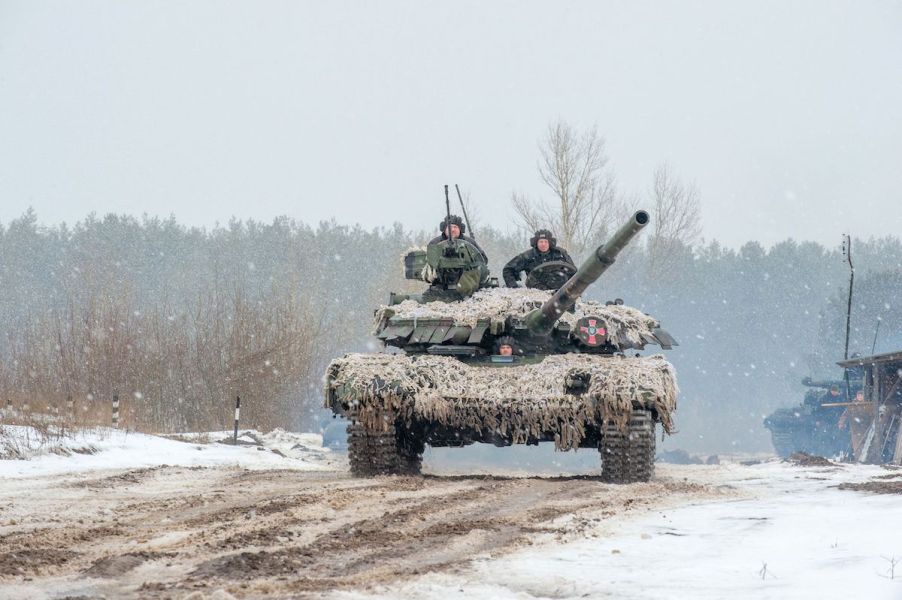
The Ukraine Crisis Could Cause More Problems for Car Sales
Though we might not know it, Russia’s decisions have always affected car sales and automakers in America. A few years ago, General Motors tried to push the Corvette to young Russian consumers with purchasing power. Russia, through its developing conflict with Ukraine, also drove down Ford’s stock price in 2014.
In 2022, it appears Russia’s actions will once again affect the auto industry. Here’s how Russia’s invasion of Ukraine will affect consumers and manufacturers on an international scale.
What exactly is going on between Russian and Ukraine?

Ukraine became an independent state after the Soviet Union’s collapse in 1991. However, the nation still has strong ties to Russia, which has resented Ukraine for aligning itself with the North Atlantic Treaty Organization (NATO). Ukraine applied to the intergovernmental military alliance — and was even promised acceptance by the United States — but has yet to be admitted, NBC News reports.
Ukraine’s move to join NATO has contributed to Russia’s hostility toward the country. Russian President Vladimir Putin sees the alliance as a threat to Russia’s border and believes anti-Russian extremists govern Ukraine. The tension came to a head in 2021, when Ukrainian President Volodymyr Zelensky once again asked U.S. President Joe Biden to consider Ukraine’s admittance to NATO.
Later that year, Russian soldiers gathered at the border of Ukraine for training exercises. Despite Russia saying Ukraine had nothing to fear, Russian troops invaded the country on February 24, 2022. The invasion has led several other world leaders, including Biden, to impose heavy sanctions on Russia.
How Russia’s invasion of Ukraine could affect car sales
Many automakers, including Toyota and Stellantis, have sizable manufacturing plants in Russia. Stellantis had even increased its production output at a manufacturing facility near Moscow in preparation for building transmissions. Because these plants get a chunk of their materials from the United States, the sanctions could hamper vehicle production.
Russian automakers will also start to feel the weight of the sanctions from other countries. GAZ Group, the country’s leading manufacturer of commercial vehicles, says it might stop producing vehicles until the sanctions are lifted. It’s estimated about a quarter of the parts in Russian-made vehicles are sourced from other countries.
In addition, Russia provides other countries with several key metals for producing cars, particularly nickel and palladium. In the States, Russia supplies almost half of the palladium used to produce catalytic converters. Most of the lithium-ion batteries in our cars also come from Russia.
U.S. automakers might not be able to produce internal combustion cars if Putin decides to withhold Russia’s metal supplies. Additionally, Russia’s invasion of Ukraine has made the prices of these metals rise even faster worldwide. The cost of palladium per ounce has increased by 50% in only a few months, now up to $2,400.
The auto industry is still recovering from the pandemic
While the semiconductor chip market is beginning to stabilize, the days of normal production still seem far away. In the summer of 2021, experts said vehicle prices would start to drop that fall. However, the chip shortage is still negatively affecting the world’s biggest automakers.
Last year, the auto industry lost $210 billion in profits due to the chip shortage. As a result, consumers will likely pay the extra price for nickel and palladium.
As it stands, American drivers are already paying increasingly high prices for new and used vehicles. In January, the average price of a new car hit $45,000. As long as Russia continues its onslaught against Ukraine, the auto industry’s future will remain uncertain.


